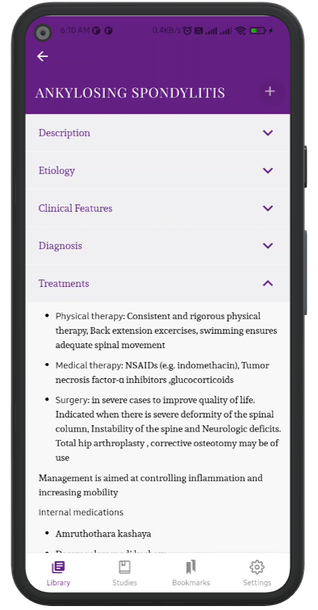DIABETIC NEUROPATHY
Description
- A demonstrable neuropathic disorder either clinically evident or sub clinical that occurs in the setting of DM without other causes of peripheral neuropathy. It affects both somatic and autonomic components of the nervous system
- Diabetic neuropathy is the most common complication of diabetes affecting 50 % of type 2 DM patients. 50% of these have painful symptoms severely disturbing the quality of life while 50% have painless neuropathy
- Metabolic disruptions in the peripheral nervous system due to hypoglycaemia play a key role in the development of Diabetic neuropathy
Types
- Diabetic neuropathy can affect a single nerve, multiple nerves or many nerves together. It can present as mononeuropathy, mononeuropathy multiplex, poly neuropathy or autonomic neuropathy
- Mononeuropathy : is affection of a single nerve. It is also called focal neuropathy. When it affects the cranial nerves it results in singular cranial palsy. It can also affect truncal roots causing radiculopathy or girdle involvement which can cause acute chest or abdominal pain, In lower limbs common peroneal nerve is usually affected causing foot drop
- Mononeuritis Multiplex : affects two or more nerves at the same time . The most commonly involved nerves are peroneal and ulnar. Lesions are usually due to acute vascular occlusion
- Polyneuropathy : Most common neuropathy seen in diabetes with implications in the diabetic foot. It is a pan neuropathy affecting sensory, autonomic, and motor nerves. It presents as a chronic, sensory /motor, symmetrical, distal neuropathy with glove and stocking Longer nerves are affected earlier and therefore polyneuropathy presents first in the lower limbs followed by the upper limbs. It leads to deformities in the foot due to intrinsic muscle wasting giving rise to the intrinsic minus foot. Typical features seen are loss of the medial arch, and prominence of metatarsals causing claw toe deformity
- Autonomic Neuropathy: Involves cardiovascular, gastrointestinal and genitourinary systems. Autonomic nerve involvement in the lower limbs leads to loss of pseudomotor function causing dry skin, which can result in fissures, cracks and calluses
- Daibetic Amyotrophy : Damage to L2,L3,L4 nerve root that causes pain in the thigh followed by muscle weakness and wasting of thigh muscles and pelvic girdle muscles
- Positive symptoms of neuropathy are jabbing, gnawing or shooting pain down the legs or severe burning sensation in the feet. Patient describes tingling pain as bees stinging the feet or ants biting the feet or needles pricking the feet or feeling as though walking on hot coal
- Negative symptoms would be numbness in the feet or when the patient cannot tell the difference when going from a carpet to a tile floor or no longer feels a a sensation in the feet. There could be gait differences and areflexia
Investigation
- FBS
- HbA1c
- urea, creatinine
- Absent ankle jerk – suggestive of peripheral neuropathy
- Nerve conduction velocity – standard test to detect diabetic poly neuropathy
- Corneal confocal microscopy (CCM) – to detect small fibre neuropathy (corneal nerve)
Treatments
- Metabolic control
- Management of risk factors
- Care of feet to prevent complications
Internal medicines
- Manjishtadi kashaya - burning neuropathy
- Bala guduchi ksheera kashaya
- Sunti baladwaya ksheera kashya
- Bhunimbadi choorna
- Vasantakusumakara rasa
- Siva gutika
- Guduchi satwa
- Aswagandha choorna
- Shatadhouta ghrita
- Chandraprabha gutika
- Ksheeraguduchi taila
- Ksheerabala taila
- Dhanwantara ghrita
- Supthitaila – in numbness
- Mahamashataila - in numbness
Procedures
- Udwarthana – Triphala choorna , Kolakulathadi choorna
- Abhyanga – Karpasathyadi taila, Chinchadi taila
- Dhanyamla dhara
Department
Kayachikitsa

